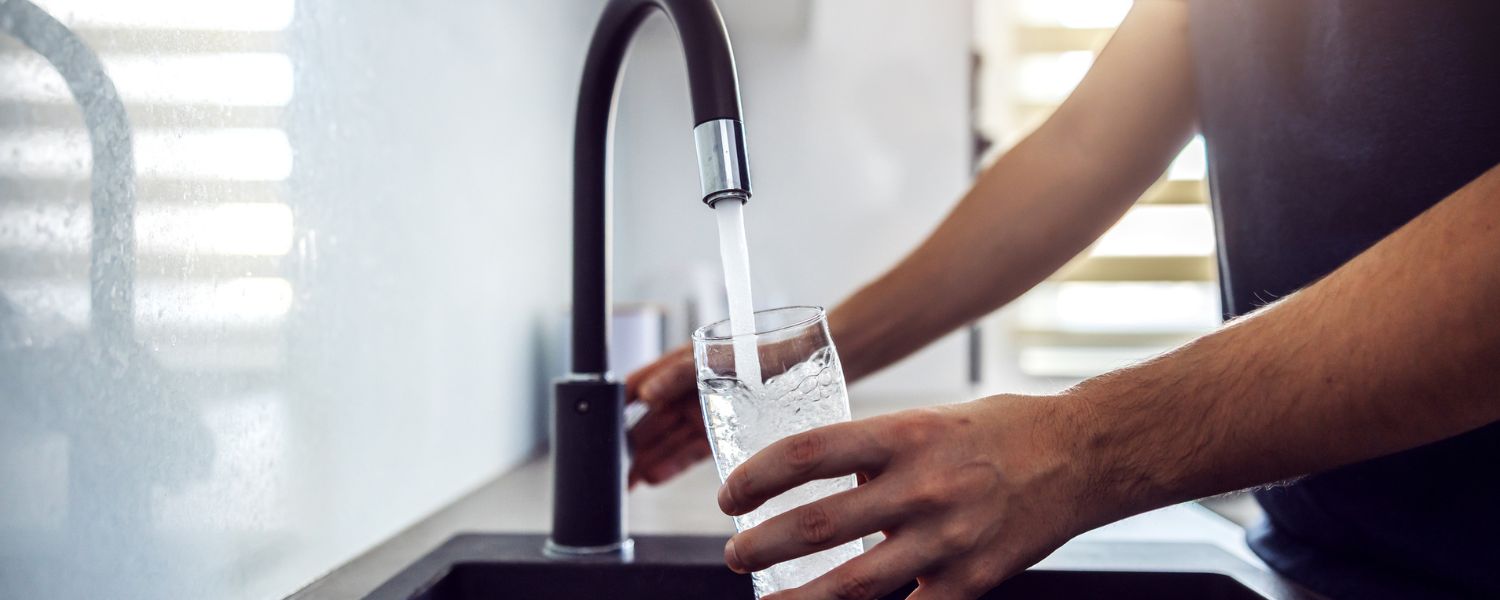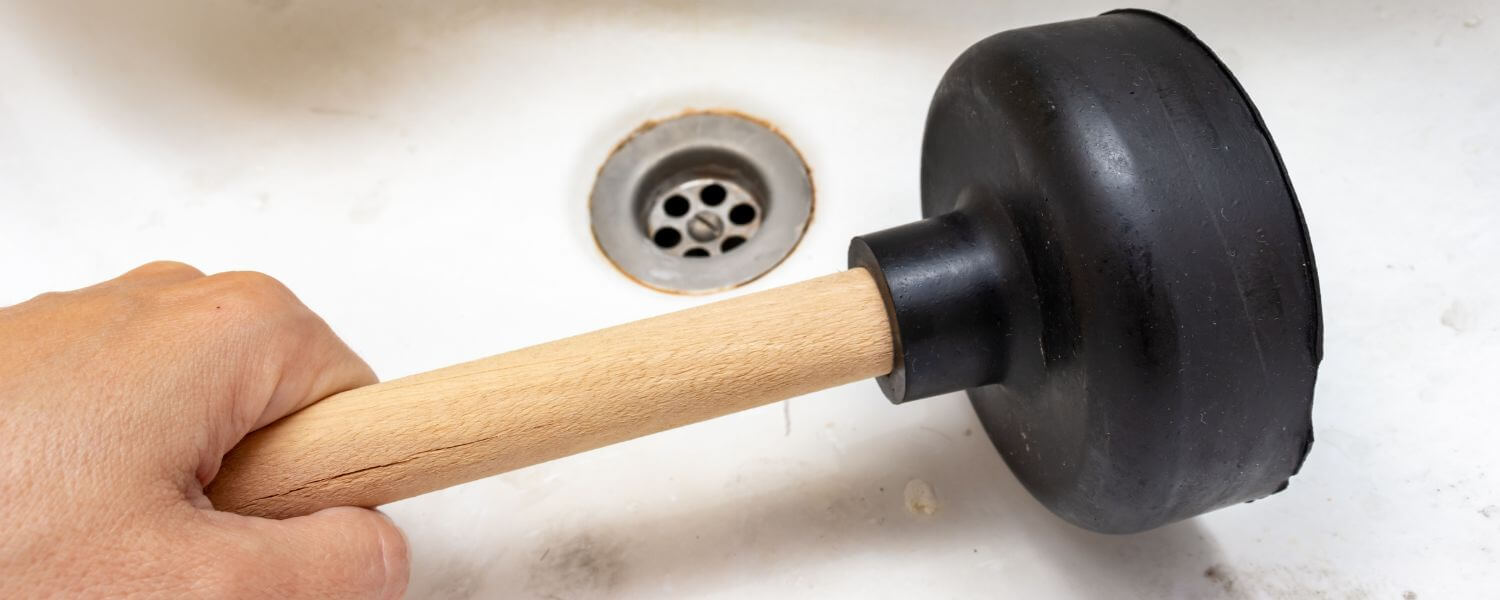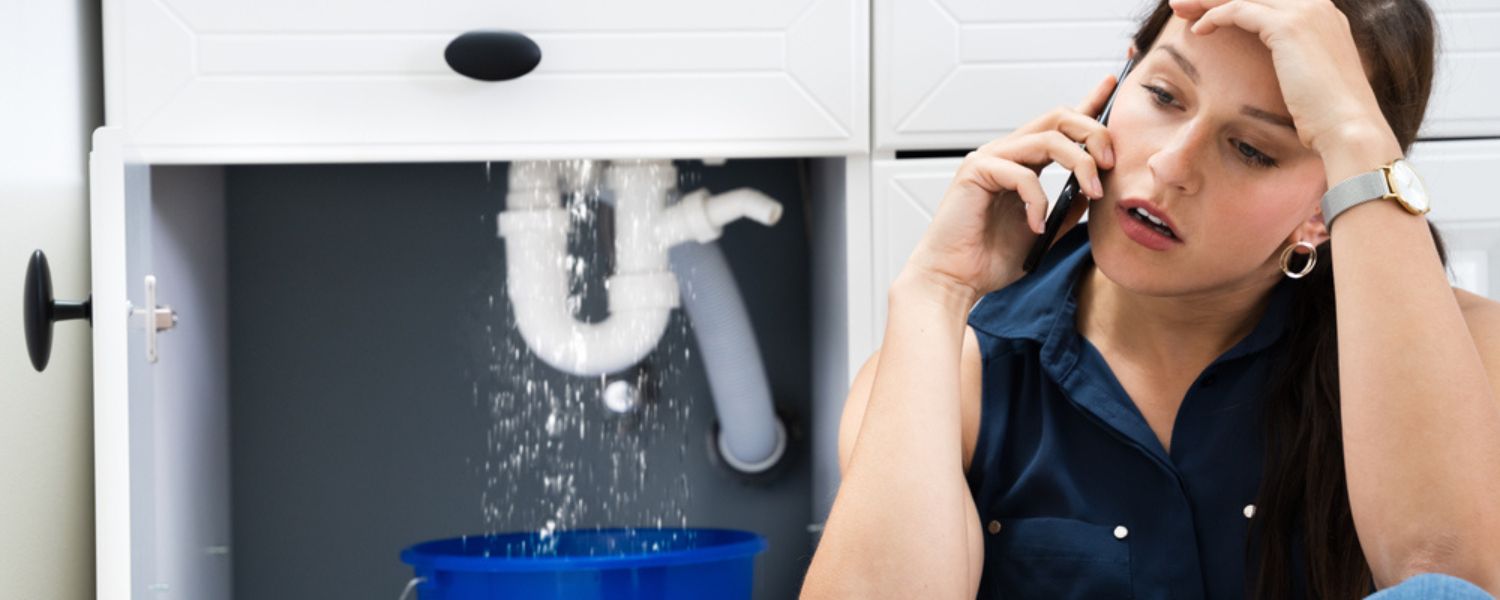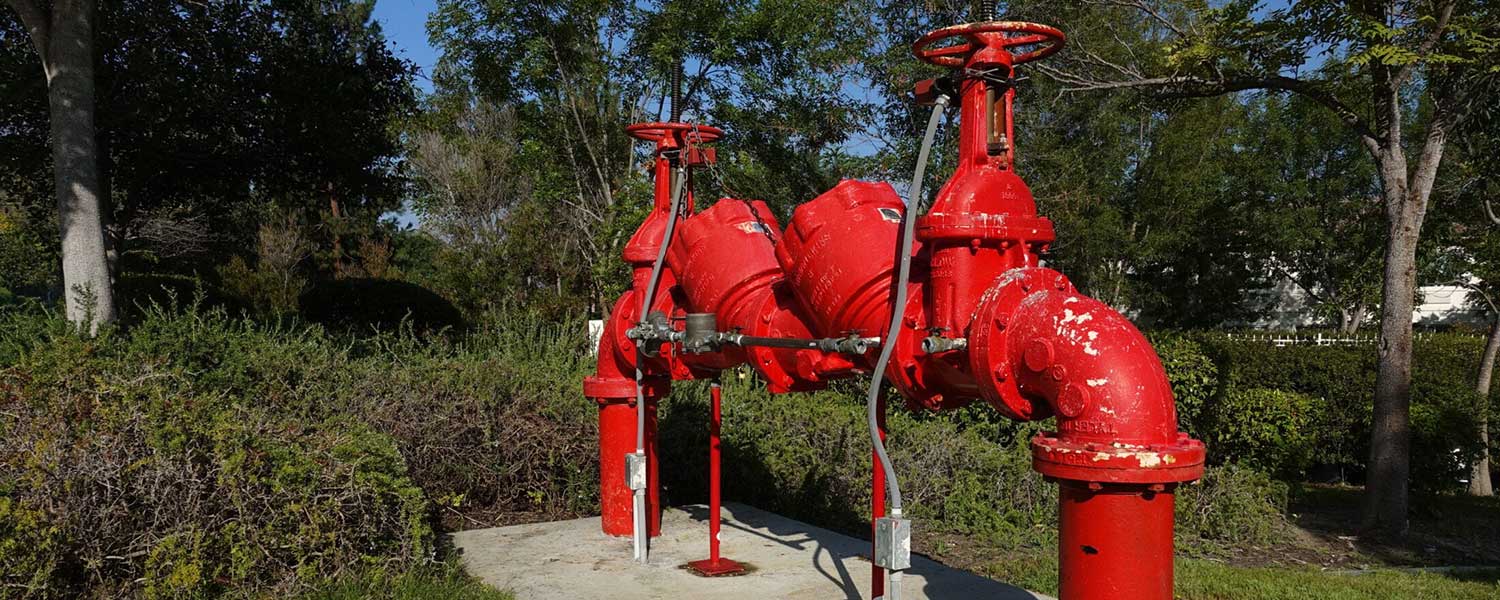There are many ways to get fresh, clean, pure water flowing from any, and every, tap in your home. Water filtration systems for home use are great investments that can save money and provide clean and safe water for everyday use.
There are a few different types of water filtration systems for use in the home. Whole house carbon filtration provides bottle quality water to every tap in the home, the point of use water filtration systems are great for wet bars and kitchen sinks for drinking and cooking water, and reverse osmosis systems provide a great option for a clean drinking water supply straight from your kitchen tap.
Whole House Carbon Filtration

Activated carbon filtration systems are installed directly in the home’s water, sully delivering bottle quality water to every tap. But, what does carbon filtration remove from water to create bottled water quality, and how does the water filtration system work? Activated carbon works by attracting and absorbing large particles, sediment, and chloramines in the water supply and removing them. The water is then delivered through the homes water lines, and homeowners can enjoy fresh, pure, odorless, and clean water for cooking, drinking, cleaning, and showering/bathing.
What is a Chloramine?
San Diego gets the majority of its water from the Colorado River and the Los Angeles Aqueduct Project. The water is groundwater and is full of sediment and contaminants from pesticides and bacteria. The water goes through several treatment processes to make it safe to drink and meet the EPA water standards.
One of the processes that the treated water undergoes is adding cleaning agents, such as chlorine into the water. This sterilizes bacteria but leaves behind chloramines. While the water treated with chlorine is then filtered, the process does not remove all of the harmful additives. Lead, for example, is a common topic brought up and questioned for various water treatment systems. Certain filtration systems and water filters can remove lead from your water supply. Read more on does a water filter remove lead.
San Diego water is deemed safe drinking water, but is also the 9th worst in water quality in the nation.
A whole house carbon filtration system is the most effective method of removing chloramines and other volatile organic chemicals (VOC’s) in the water due to the absorptive nature of activated carbon.
Reverse Osmosis
Reverse Osmosis (RO) was developed as a way to desalinate seawater. As the popularity of bottled water grew, so did opportunities for RO technology to be used in the bottling process, and for residential and commercial use.
Reverse Osmosis systems work by the pressure of the water flow and a semipermeable membrane that blocks contaminants creating a clean and purified water source on the other side. The membrane is made of a thin film composite that blocks a wealth of contaminants found in treated and untreated water.
RO systems are typically installed at a single faucet (usually in the kitchen) and have a pre-filter, the RO and membrane components, a post filter, and the water storage tank.
Incoming water travels through the first filter to trap the larger particles such as sediment and silt. It is then pressurized to pass through the RO membrane, which filters out impurities, chemicals, and harmful contaminants found in the contaminated water. The water passes through one last filter to ensure that the water is clean and pure, and is then passed into a storage tank for tap water use.
RO systems are incredibly beneficial if homeowners are looking for clean water for drinking and cooking. They are easily installed by a professional water treatment specialist and some licensed plumbers. RO systems range in cost and effectiveness, and the best of them can filter out impurities as small as .001 microns.
Alkaline Water Ionizers
Water ionizers remove acidity from the water by electrolysis. Water is passed over electrically charged plates and separated into an alkaline and acidic stream. Homeowners receive the alkaline water with no acidity nor bad taste.
A great side benefit to ionized water is softness. San Diego has extremely hard water. In fact, hard water is considered hard at 7-8 grains of hardness; San Diego hard water is at 20 grains.
San Diego’s hard water is responsible for those spots found on fixtures and doors, glassware and dishes after they are washed, as well as wasted soap products—it takes more soap to produce a lather with hard water.
Hard water is also bad on a home’s plumbing system and can cause leaks and a quicker breakdown of items like water heaters.
There are many possibilities for homeowners looking for a house water filter. From the point of use at a single faucet or tap to a whole home water purification and treatment solution, water filtration is an excellent investment for any home. Water filtration is not only good for drinking and cooking, but it is also a great way to invest in the plumbing maintenance of your home.
Since whole home water filtration removes sediment and silt particles, it keeps these elements from corroding the water pipes and fixtures in your home. While water filtration does not soften the water, it does help. Many homeowners choose to add a water softener or a water softening solution to a water filtration system for the absolute best filtered water quality for their home and family.
Bill Howe water treatment specialists recommend the activated whole home carbon filtration for the most effective treatment of a home’s water. In fact, activated carbon is the only proven method to remove chlorine in the water.
Bill Howe Plumbing has been the water treatment experts in San Diego for more than a decade. For a free in-home water evaluation and free estimate, call 1-800 BILL HOWE (245-5469) today.




